Reveal the Composition and Principle of Battery
Battery as an indispensable energy supply device in modern life, it is widely used in various electronic equipment and vehicles. However, for ordinary users, the composition and working principle of the battery may not be clear. This article will reveal the composition and principle of the battery to help readers better understand the working principle of the battery.
I. Basic composition of the battery:
-
positive electrode (anode): positive electrode is the polarity responsible for receiving electrons in the battery. It is usually composed of metal oxide or other active substances, such as zinc oxide, silver oxide, etc. The positive electrode is the place where electron flow is generated in the battery.
-
Negative electrode (cathode): negative electrode is the polarity responsible for providing electrons in the battery, which is usually made of metal or carbon materials, such as zinc, copper, lithium, etc. Negative electrode is the origin of electron flow in battery.
-
Electrolyte: electrolyte is a medium in a battery, usually a liquid or solid substance. It is responsible for transferring ions between positive and negative electrodes and maintaining the charge balance of the battery. Common electrolytes include acidic solution, alkaline solution and polymer electrolyte.
-
Battery shell: the battery shell is the shell of the battery, usually made of metal or plastic material. It protects the internal structure and electrolyte of the battery, and also provides the external connection interface of the battery.
II. Working principle of battery:
the working principle of the battery is based on chemical reaction. When the battery is connected to an external circuit, the chemical reaction between the positive electrode and the negative electrode will generate an electron flow. Specifically, the active material in the positive electrode is oxidized, releasing electrons and flowing to the negative electrode through an external circuit. At the same time, the cation in the electrolyte will also flow from the negative electrode to the positive electrode to maintain the charge balance inside the battery. The continuous progress of this chemical reaction enables the battery to continuously provide electrical energy.
III. Composition and characteristics of different types of batteries:
-
dry Battery: dry battery uses solid electrolyte, usually composed of zinc and manganese dioxide. It has the characteristics of small volume, light weight and convenient use, but the electric energy storage is relatively low.
-
Nickel-cadmium battery: Nickel-cadmium battery uses cadmium hydroxide and nickel hydroxide as positive and negative active substances, and electrolyte is alkaline solution. It has high charge and discharge efficiency and cycle life, but it has problems of environmental pollution and memory effect.
-
Lithium Ion Battery: lithium ion battery uses lithium compound as positive active material, carbon material as negative active material, and electrolyte as organic liquid or polymer. It has the characteristics of high energy density, long cycle life and low self-discharge rate, and is currently the most commonly used rechargeable battery.
As an important energy supply device, the composition and working principle of batteries play an important role in our understanding of the performance and use of batteries. Understanding the composition and principle of batteries can help us better select and use batteries, rationally utilize electric energy resources, and promote the development and innovation of battery technology.
 Dongguan Juneng New Energy Technology Co., Ltd.
Dongguan Juneng New Energy Technology Co., Ltd.
 137 5142 6524(Miss Gao)
137 5142 6524(Miss Gao)
 susiegao@power-ing.com
susiegao@power-ing.com
 Xinghuiyuan High tech Industrial Park, Dalang Town, Dongguan City, Guangdong Province
Xinghuiyuan High tech Industrial Park, Dalang Town, Dongguan City, Guangdong Province


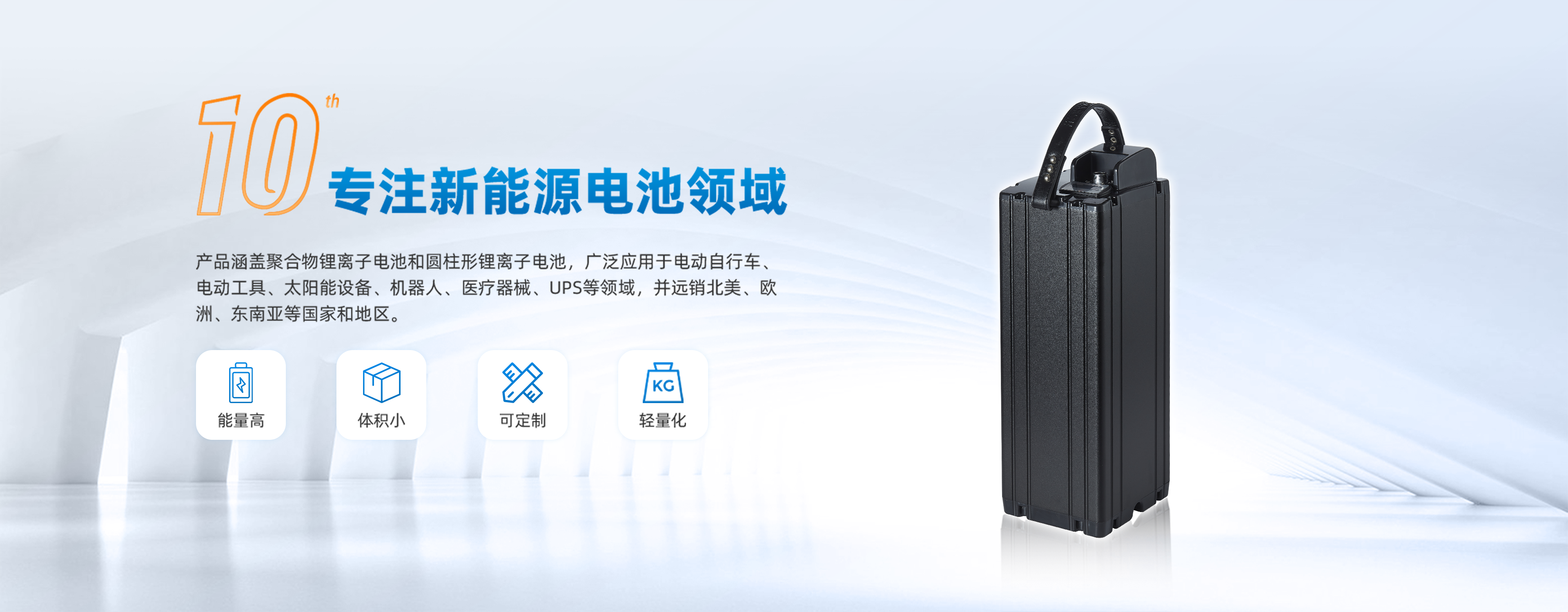
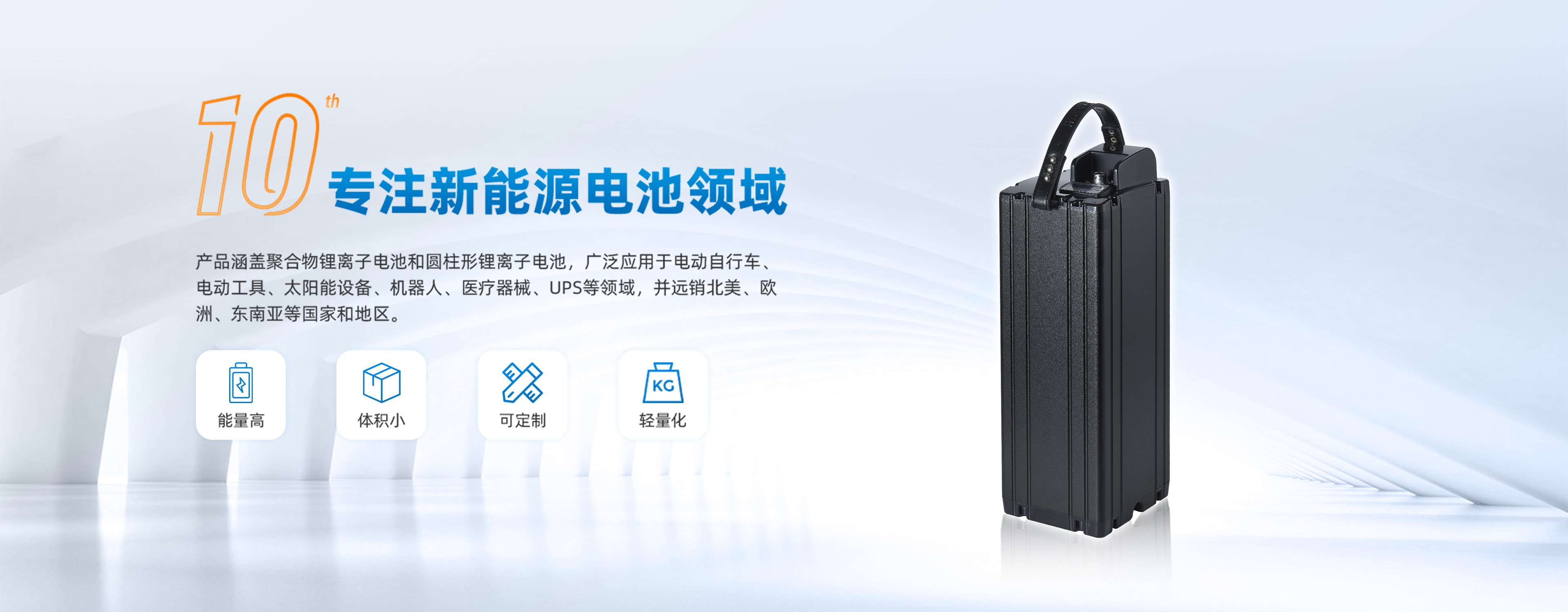
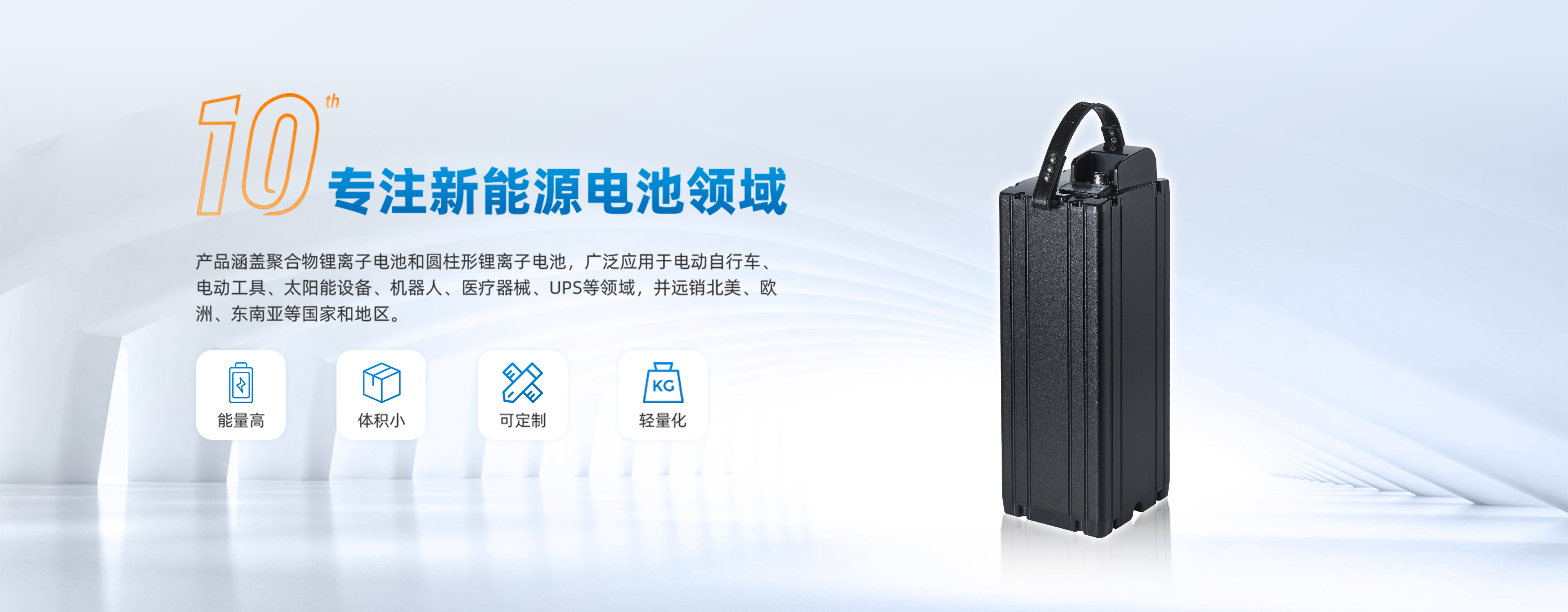



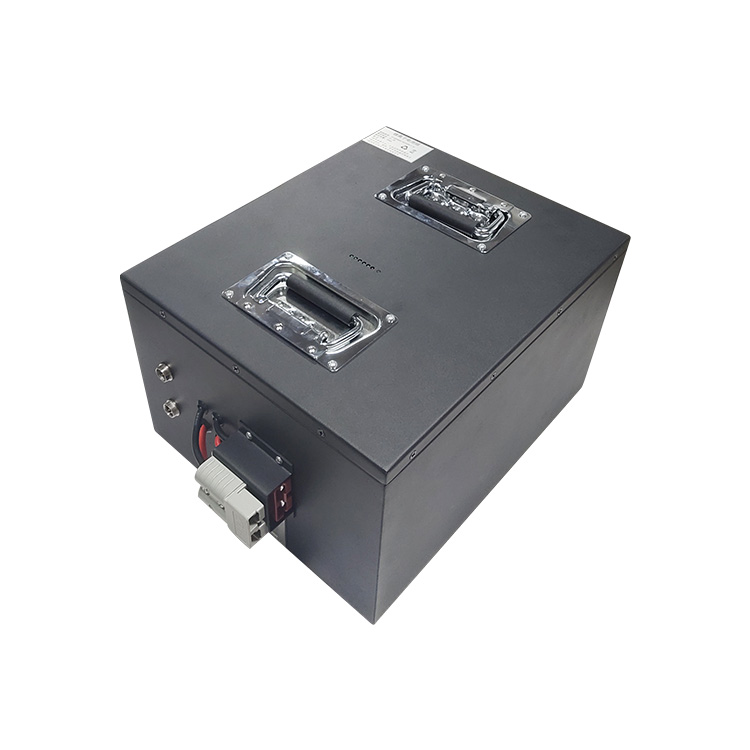


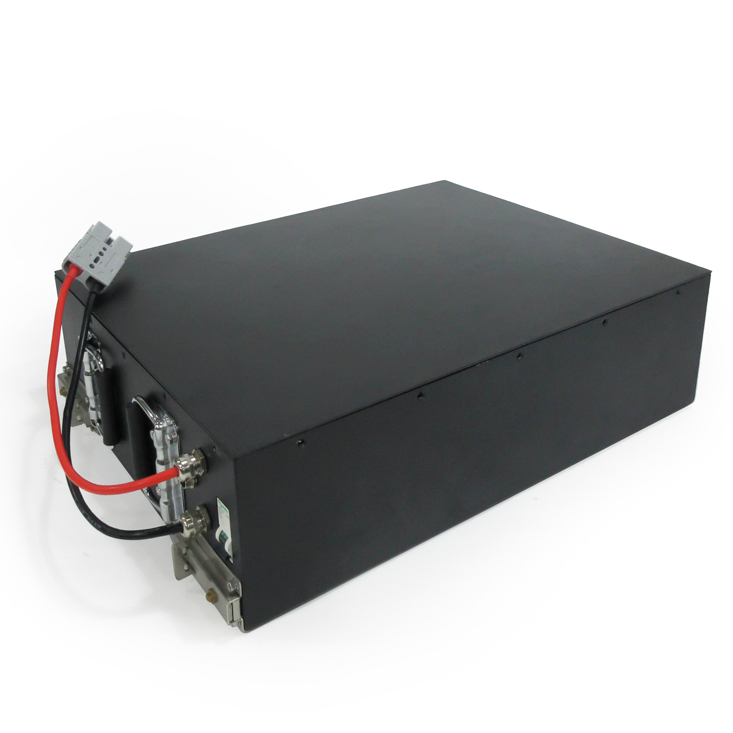

 Yue Gong Wang An Bei No. 4419002007491
Yue Gong Wang An Bei No. 4419002007491